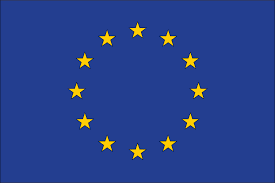Chemycal has been acquired by 3E
Learn MoreChemycal has been acquired by 3E
Learn MoreDiscover how Chemycal PRO helps you boosting your regulatory monitoring:

On request from: European Commission
SCCS Number: SCCS/1644/22
Adopted on: 1 February 2023
Conclusion of the opinion:
1. In light of the new data provided, does the SCCS consider Aluminium compounds safe when used in cosmetic products other than deodorants, antiperspirants, lipsticks and toothpastes? In the event that the estimated exposure to Aluminium from cosmetic products is found to be of concern, SCCS is asked to recommend safe concentration limits for each category.
The SCCS considers that aluminium compounds are safe when used
2. Does the SCCS have any further scientific concerns regarding the use of relevant Aluminium compounds in cosmetic products taking into account the newly submitted information on aggregate exposure to Aluminium from cosmetics, medicines (e.g. antacids) and food intake?
As aluminium does not belong to substances classified as CMR 1A or B, only exposure from cosmetic uses was considered in this safety assessment with the exposure assessment based on maximum use levels for cosmetic ingredients.
However, the submission also provided a scenario where realistic exposure from non-cosmetic sources of aluminium (food and pharmaceuticals) was aggregated along with exposure from cosmetics at use levels from the year 2016. From this scenario, it can be deduced that contribution to aluminium exposure from food may be at a similar order of magnitude to that from cosmetics used for the safety assessment. Considering the conservative nature of the estimates, the aggregate exposure to aluminium from cosmetic and non-cosmetic sources may exceed safe limits for consumers at the highest exposure ranges.
2013 © MyChemicalMonitoring. ALL Rights Reserved. About Us | Terms and Conditions